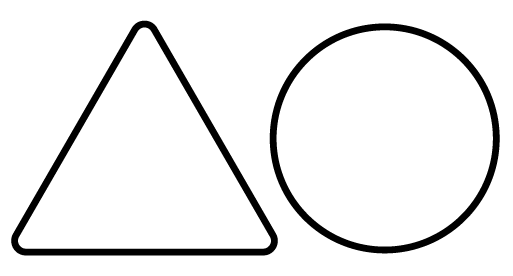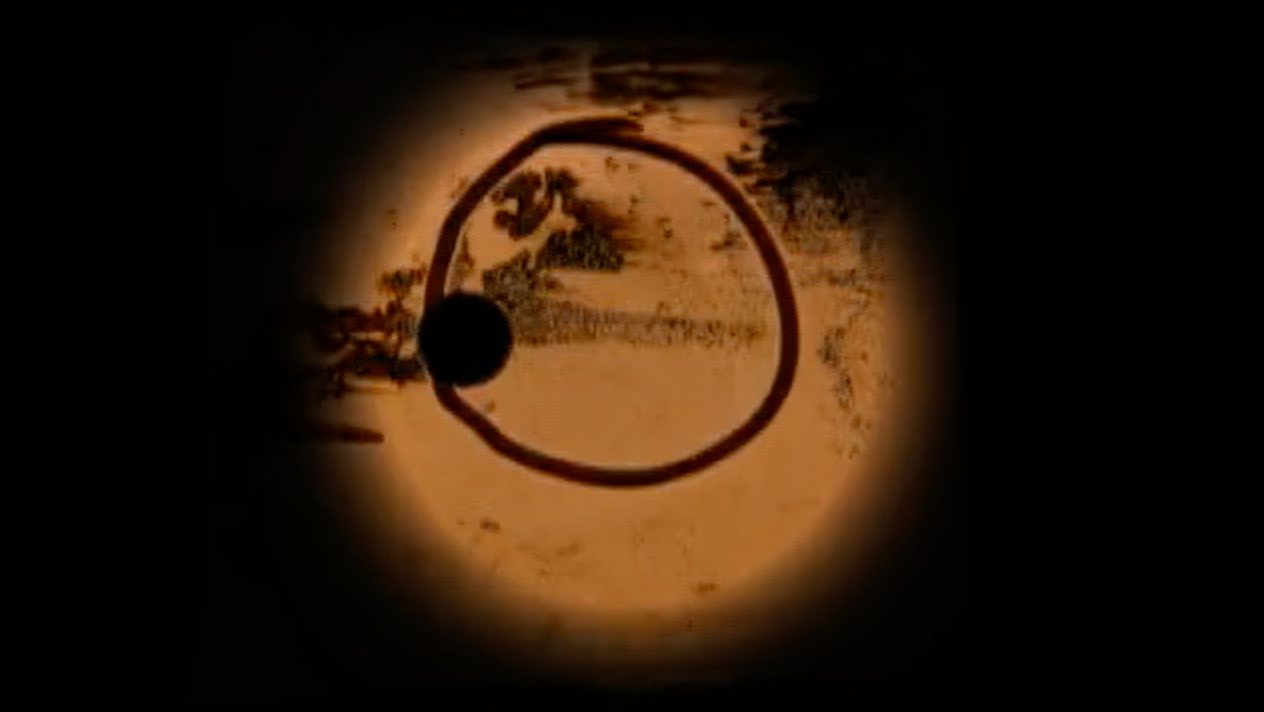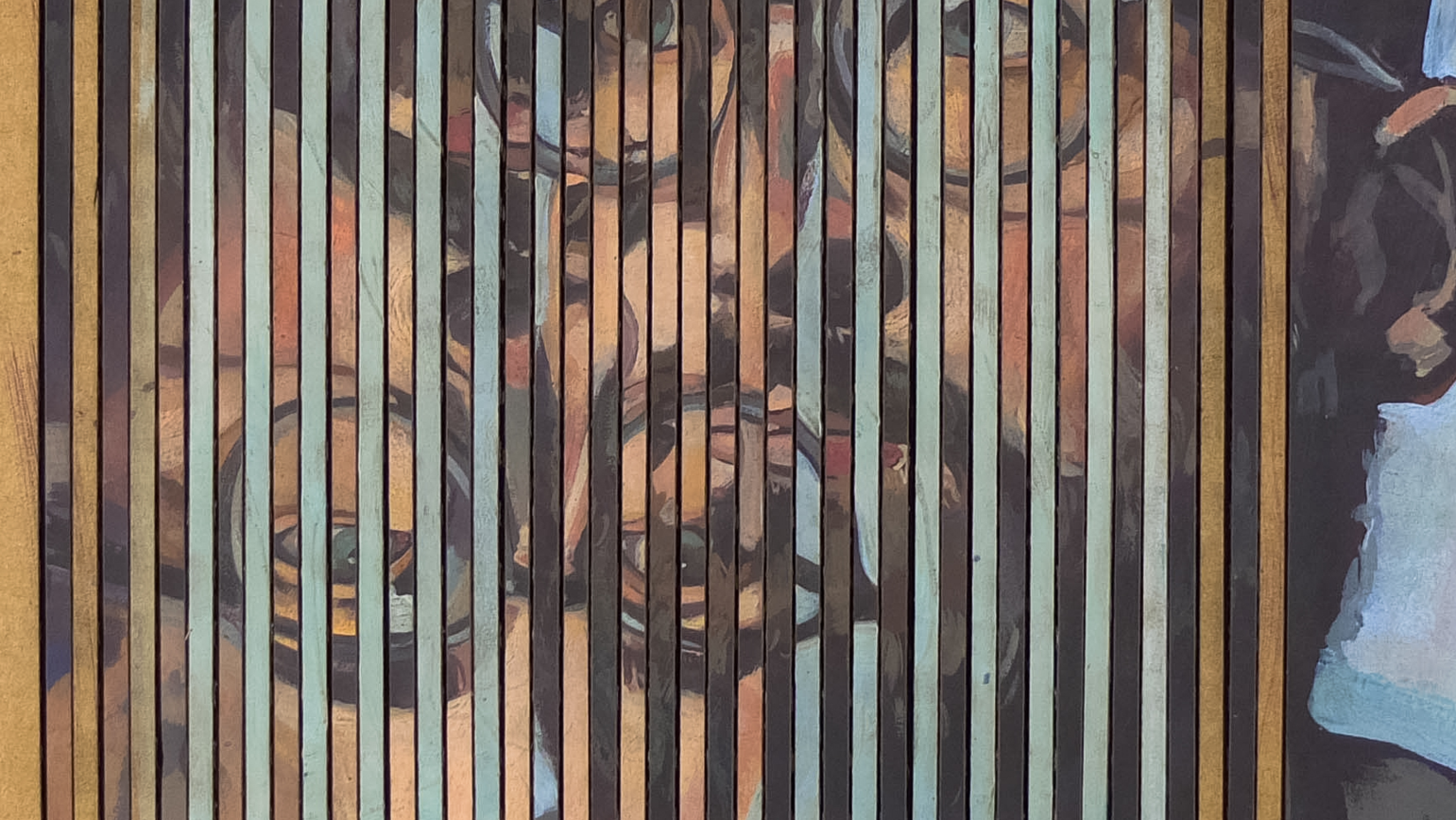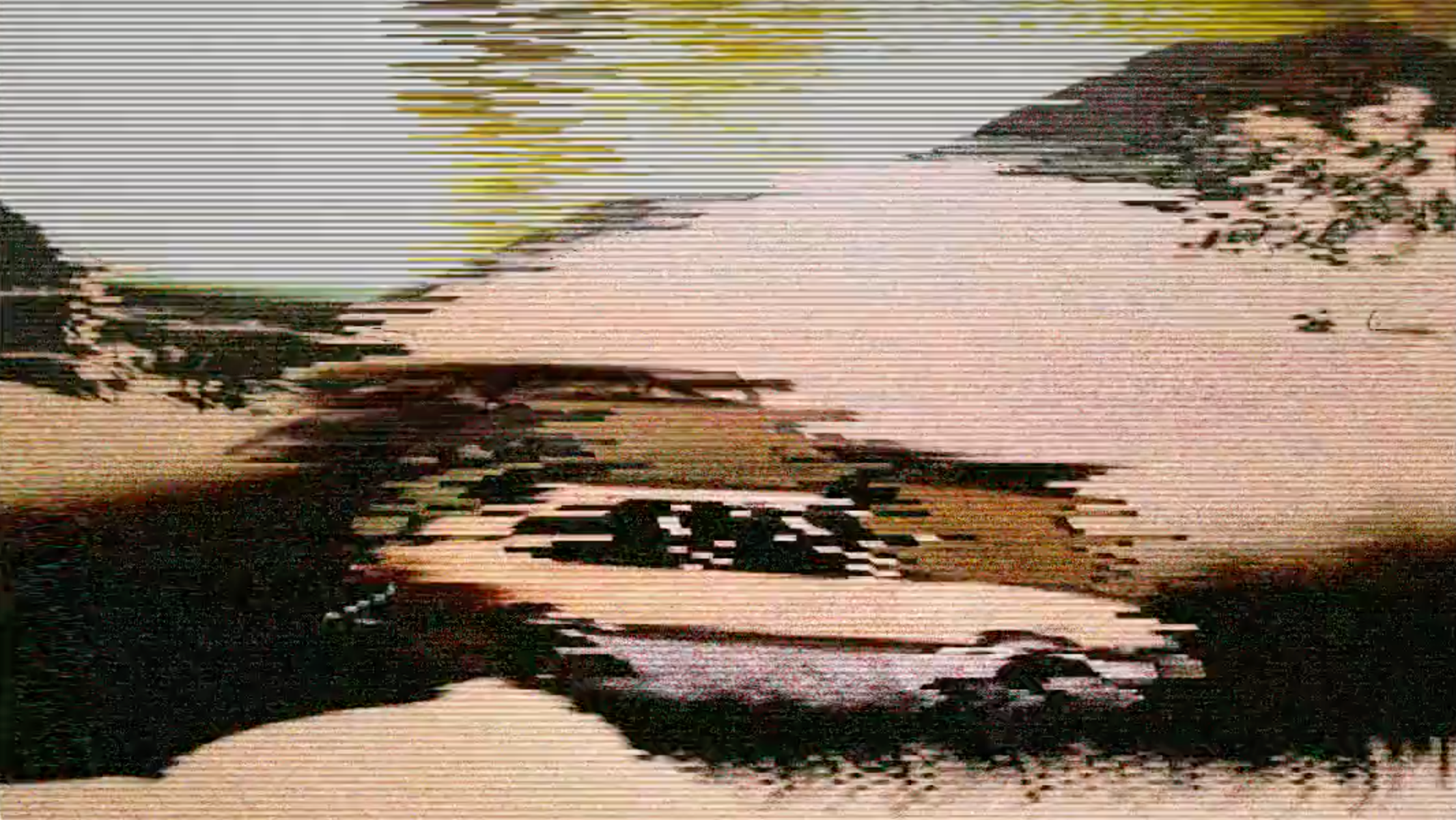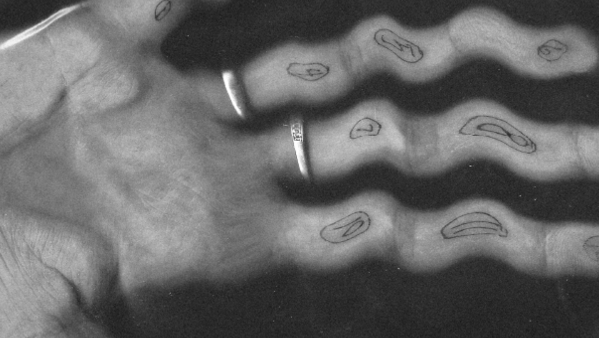MON@L!$@ : STUDY OF DIGITAL ART IN RELATION TO THE AURA OF THE ART OBJECT
(2017- Opinions subject to change)
(2017- Opinions subject to change)
The 'aura of the art object', according to philosopher Walter Benjamin, is dependant on a viewer standing in front of a painting, experiencing the object's "presence in time and space, its unique existence at the place where it happens to be". There is nothing in this world like standing in front of an original painting - witnessing a bold brush stroke across a Robert Motherwell painting, the peaks and valleys of medium forever frozen on the canvas or the slow steady mark making of Agnes Martin silently hung on a wall and unexpectedly engulfing. It is with this heavy heart that I face the digital world, its reproductions of art stripping away any romanticism, flattening it, adding to the visual noise we see every day on digital devices and our daily lives. However, using the logic of Benjamin, one could argue that digital artwork created for and in the digital realm is exactly what is necessary for the medium and exists precisely where it needs to, in its own time and space.
If I were to be less stuffy and traditional about the topic, I'd understand the importance of Digital Art, not because it exists in an already visually saturated space, but because it disrupts this space in commentary and reflection (when I believe it operates at its best). Technically, digital artwork is "an artistic work or practice that uses digital technology as an essential part of the creative or presentation process (Wikipedia)". This movement has been around since the 1970s and continues on, constantly morphing and changing as new technology comes along. And, while the advent of digital technologies can be paralleled with the invention of many artistic mediums that have changed how and what art has been created in the past- like new printing techniques changing the dissemination of information in the 15th century, or like painters being shaken up by the invention and mass adaptation of photography in the late 19th century- I would say that the world that digital art functions in is completely different than previous movements. Previous medium shifts existed in the art "world"; a world that was extremely physical. However, now digital art exists in a completely different non-physical digital "world"; a world that acts not as an appendage of our existence but as something that is woven into our daily lives and is arguably unlike anything in history.
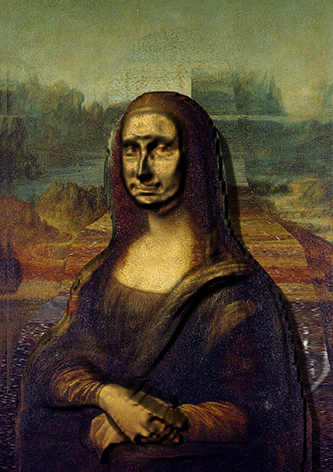

These visuals were created to highlight these sentiments of traditional and technological advancements. I chose to remix the Mona Lisa (sometimes referred to as La Gioconda), by Leonardo da Vinci, as this painting is almost universally recognized and is a humanized access point into the digital realm. This painting has a history that is in and of itself an exploration of the art object and the viewer. The painting has been catapulted into stardom via art critique adulation, has gained mythos after its theft in 1911, gathered hordes of people when it crossed the Atlantic to visit New York in 1963 at the request of First Lady Jacqueline Kennedy, has been defaced as a person has thrown acid at it and others have tried to spray paint it red (Garcia). Andy Warhol changed the context of the piece when he created a "Colored Mona Lisa":
"Warhol not only commented on the ubiquitous nature of one of the most reproduced painting images in modern society, but also on the means of production, too. Within the surface of this large-scale canvas we can see evidence of the artist’s exceptional ability to capture the zeitgeist of a particular moment in time and provide an early example of his prescient ability to identify the emergence of a nascent age in which high art and consumer culture would become inextricably linked. (Christie's)"
IMAGE:
Andy Warhol (1928-1987)
Colored Mona Lisa
silkscreen inks and graphite on canvas
125 7/8 x 82 1/8 in. (319.7 x 208.6 cm.)
Painted in 1963.
IMAGE:
Andy Warhol (1928-1987)
Colored Mona Lisa
silkscreen inks and graphite on canvas
125 7/8 x 82 1/8 in. (319.7 x 208.6 cm.)
Painted in 1963.
Today you can find the image printed on tote bags, postcards, t-shirts, mouse pads, and most importantly, in the background of many a tourist's selfie when they visit the painting at the Louvre in Paris. The Mona Lisa exists now in the real world as many images exist in the digital world- as mere peripheral imagery that is disassociated from original context and artistic intent. My digital representation, 3D extrapolation, and distortion of this painting recontextualizes the expectations of the work, and unlike the Mona Lisa, is not meant to exist anywhere else and technically does not exist anywhere at all.
Da Vinci, Leonardo. "Mona Lisa, by Leonardo da Vinci, from C2RMF.jpg. Retouched." Wikimedia Commons, Public Domain, 18 August 2011, https://commons.wikimedia.org/wiki/Category:Mona_Lisa#/media/ File:Mona_Lisa,_by_Leonardo_da_Vinci,_from_C2RMF_retouched.jpg
Wikipedia contributors. "Digital art." Wikipedia, The Free Encyclopedia. Wikipedia, The Free Encyclopedia, 29 Mar. 2017. Web. 11 Apr. 2017.
Garcia, Giovanni. "The travels and travails of the Mona Lisa." The Artstor Blog. N.p., 8 Dec. 2014. Web. 3 May 2017. < https://artstor.wordpress.com/2014/12/08/the-travels-and-travails-of-the-mona-lisa/>
"Mona Lisa Takes New York." Christie's . N.p., 24 Apr. 2015. Web. 3 May 2017. <http://www.christies.com/features/Andy-Warhols-Colored-Mona-Lisa-5916-3.aspx>
